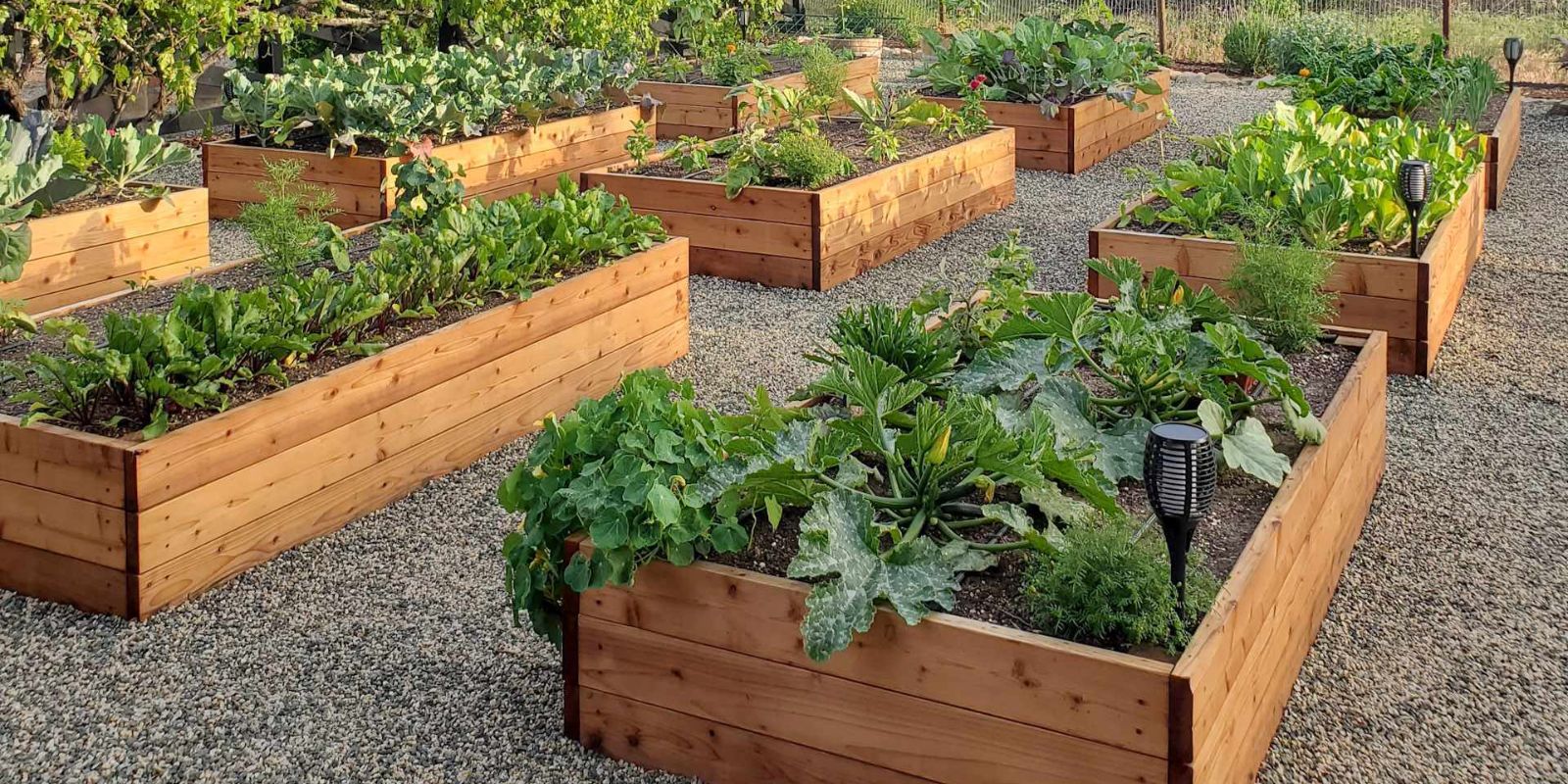Raised beds have become a popular choice for vegetable gardening, offering excellent drainage, improved soil control, and ease of access. To maximize the potential of your raised beds and ensure your vegetables receive the nutrients they need, proper fertilization is crucial. This guide will walk you through the process of fertilizing vegetables in raised beds, from soil testing to application techniques, helping you achieve a bountiful and healthy harvest.
Why Fertilize Vegetables in Raised Beds?
Fertilization is key to providing vegetables with the essential nutrients they need for optimal growth. Raised beds often contain a specialized soil mix that can deplete nutrients more quickly than traditional garden soil. Proper fertilization replenishes these nutrients, supports robust plant development, and enhances overall garden productivity.
Steps to Fertilize Vegetables in Raised Beds
1. Test the Soil
The first step in effective fertilization is to understand the current nutrient levels and pH of your soil. A soil test provides valuable information about:
- Nutrient Content: Knowing the levels of essential nutrients like nitrogen, phosphorus, and potassium helps you select the appropriate fertilizer.
- Soil pH: Vegetables have specific pH requirements for optimal nutrient uptake. A soil test will inform you if you need to adjust pH levels with lime or sulfur.
How to Test Soil:
- Purchase a soil testing kit from a garden center or send a sample to a local extension service.
- Follow the instructions to collect and prepare the soil sample.
- Submit the sample for analysis and review the results to guide your fertilization strategy.
2. Choose the Right Fertilizer
Based on your soil test results, select a fertilizer that matches the nutrient needs of your vegetables. Here’s what to consider:
- Balanced Fertilizers: These contain equal or nearly equal amounts of nitrogen (N), phosphorus (P), and potassium (K) and are suitable for general vegetable growth (e.g., NPK 10-10-10).
- Vegetable-Specific Fertilizers: Some fertilizers are formulated specifically for vegetables, with higher levels of nutrients that support fruit and root development.
- Organic Options: Consider organic fertilizers such as compost, manure, or bone meal, which enrich the soil naturally and improve long-term soil health.
Types of Fertilizers:
- Granular Fertilizers: These provide a slow release of nutrients and are ideal for mixing into the soil.
- Liquid Fertilizers: They offer quick nutrient uptake and are often used for foliar feeding or in conjunction with granular fertilizers.
- Slow-Release Fertilizers: These gradually release nutrients over time, reducing the need for frequent applications.
3. Apply the Fertilizer
Proper application ensures that nutrients are evenly distributed and available to plant roots. Follow these steps:
- Read Labels: Always follow the manufacturer’s instructions regarding application rates and methods to avoid over-fertilization.
- Spread Evenly: For granular fertilizers, spread them evenly over the soil surface. Avoid piling the fertilizer around plant stems to prevent potential burn.
- Incorporate into Soil: Mix the fertilizer into the top 6-8 inches of soil using a garden fork or rake. This helps the nutrients reach plant roots and improves soil texture.
- For Liquid Fertilizers: Dilute according to the instructions and apply directly to the soil around the plants or as a foliar spray.
4. Water Thoroughly
After applying fertilizer, water the raised bed thoroughly to:
- Help Dissolve Nutrients: Watering helps dissolve the fertilizer, allowing nutrients to be absorbed by plant roots.
- Promote Even Distribution: It ensures that nutrients are evenly distributed throughout the soil.
- Prevent Fertilizer Burn: Adequate watering reduces the risk of fertilizer burn by diluting concentrated nutrients.
Benefits of Proper Fertilization
- Improved Plant Growth: Fertilization provides essential nutrients that support healthy plant development, resulting in stronger, more productive vegetables.
- Enhanced Yield: Proper nutrient levels lead to increased fruit and vegetable production, providing a bountiful harvest.
- Optimal Soil Health: Regular fertilization helps maintain soil fertility and structure, supporting long-term garden health.
Common Challenges and Solutions
Nutrient Imbalance: Over-fertilization can lead to nutrient imbalances and plant stress. Always follow recommended application rates and adjust based on plant needs and soil tests.
Nutrient Leaching: In raised beds with high drainage, nutrients may leach out of the soil. Use slow-release fertilizers and monitor soil nutrient levels to mitigate this issue.
Soil Depletion: Regularly replenish the soil with organic matter to maintain nutrient levels and improve soil health. Incorporate compost or aged manure into the soil annually.
Tips for Maximizing Fertilizer Benefits
- Rotate Crops: Rotate vegetable crops each season to prevent nutrient depletion and reduce the risk of soil-borne diseases.
- Use Mulch: Applying mulch around plants helps retain soil moisture, reduce nutrient leaching, and suppress weeds.
- Monitor Plant Health: Regularly check for signs of nutrient deficiencies or excesses, such as yellowing leaves or poor growth, and adjust your fertilization practices accordingly.
Final Thoughts: Elevate Your Raised Bed Garden with Proper Fertilization
Fertilizing vegetables in raised beds is crucial for maximizing growth, yield, and overall garden health. By testing your soil, selecting the right fertilizer, applying it correctly, and following up with thorough watering, you can ensure that your vegetables thrive and produce a plentiful harvest. Embrace these fertilization practices to elevate your garden and enjoy a vibrant, productive growing season.
Motivation:
Ready to transform your raised bed garden into a thriving oasis? Start implementing these fertilization techniques today and watch your vegetables flourish like never before! 🌽

